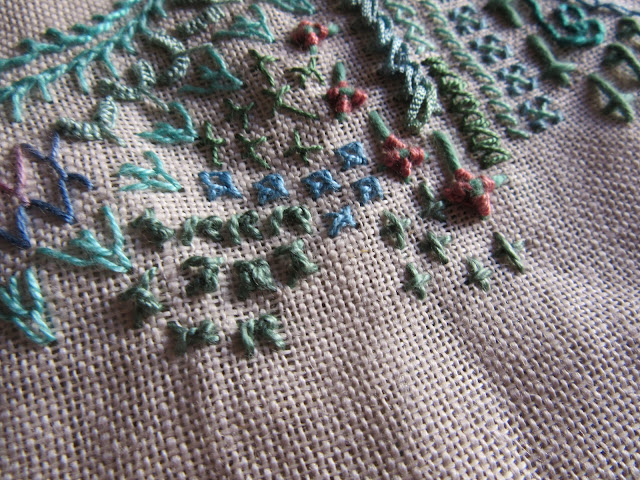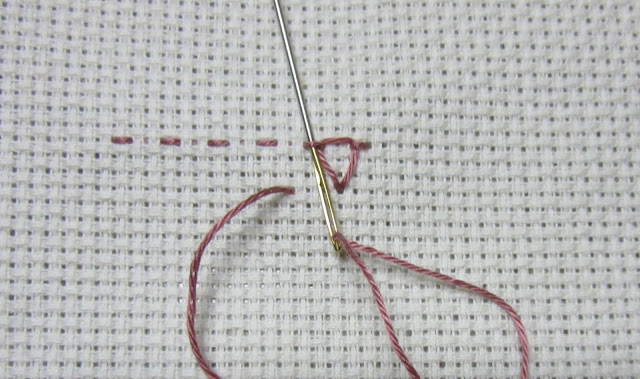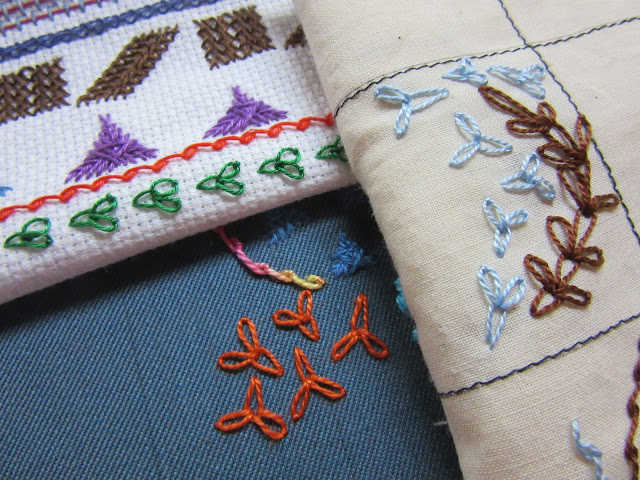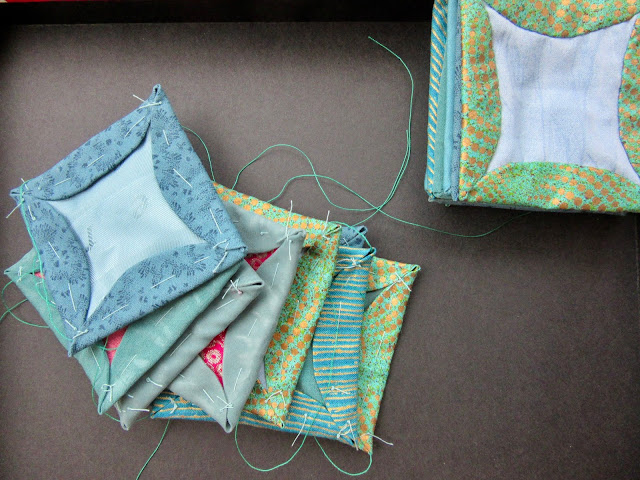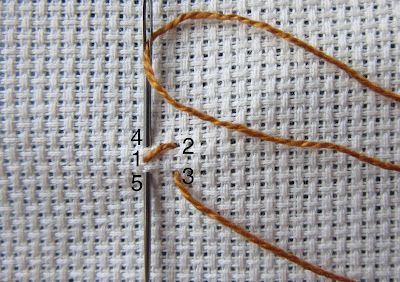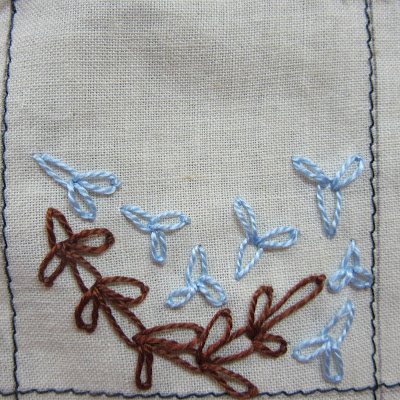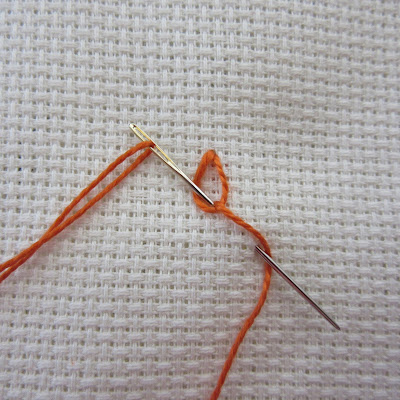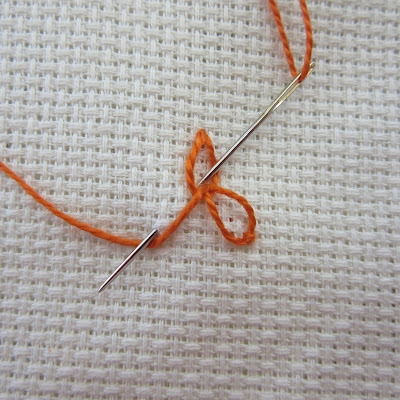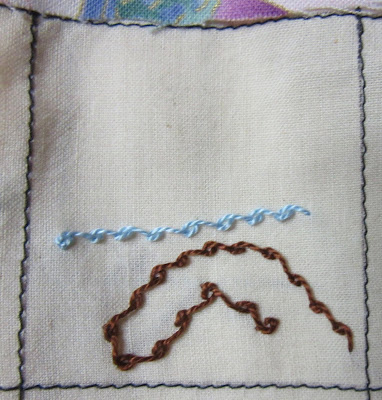A warm welcome back to Sunday Stitch School, where we start the autumn term with a filling stitch. A Swedish stitch called Tvistsöm.
Well, where this stitch really originates from is questionable.
Among the many names for this stitch are adjectives like Portuguese (used for huge colourful carpets) and Slav, and it is also a traditional stitch in Icelandic embroidery. Examples of silk embroidery on linen from the 12th and 13th century have been found in Sweden, but were they imported pieces, and if so, from where?
By 1500 wool was used on linen to imitate tapestry on large wallhangings. Old ecclesiastical embroidery, probably done in cloisters, has been found in Sweden. The stitch reached its height of popularity in the southern part of Sweden, Skåne, in the 18th century when seat cushions became the fashion for weddings. Panama, a linen plain weave, called tvist, has given the stitch its Swedish name.
There is more to read in this article from
Nordic Needle.
English names for this stitch are: Long-Armed Cross Stitch, Long-legged Cross Stitch, Plaited Slav Stitch, Portuguese Stitch, Twist Stitch
In French it is called: Point Natté Slave
In German: Slawischer Flechtstitch
In Icelandic: Gamli Krossaumurin or Fléttsaumur
Basically it is a Cross Stitch with an added long arm. The stitch line can start with a compensating half stitch or not, as seen here on
Nordic Needle.
It can be worked horizontally and vertically.
Today I will introduce the horizontal version with a compensating stitch at the beginning and end of the line.
Stitch from left to right (red arrow)
Start with the compensating stitch 1-2
Come up at 3
Make the Cross Stitch 4-5
Make the Long Armed Stitch 5-6
Come out at 7
Make the next Cross Stitch and
continue
From now it is easy peasy!
At the end of the line, anchor in the middle.
You now have to turn the fabric upside down
and continue stitching from left to right (blue arrow)
On the back the stitches are straight.
Homework:
Fill a section each on the Aida Sampler
Canvas Sampler and
Sunday Stitch School Reference Chart
